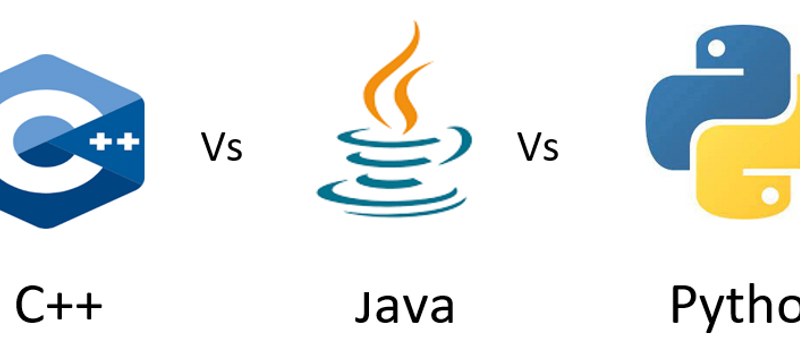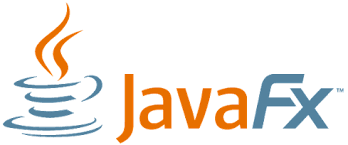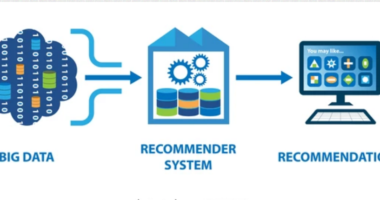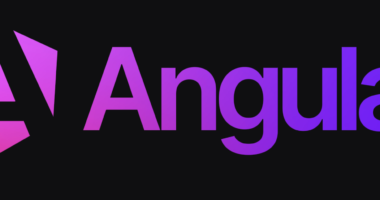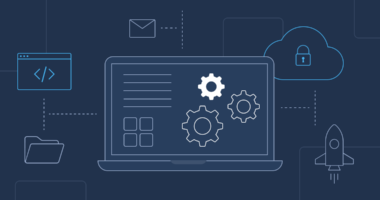When it comes to software development, picking the right programming language can significantly impact performance, development speed, scalability, and maintainability. Today, we’ll take a look at five major programming languages — C++, Python, Java, Rust, and C — and explore their use cases, strengths, and weaknesses to help you make more informed choices in your projects.
🟦 C++
🔧 Use Cases:
- Game development (e.g., Unreal Engine)
- Systems and embedded programming
- Real-time simulation and high-performance applications
- Financial systems
✅ Strengths:
- Close to hardware, allowing high performance and fine-grained memory control
- Object-oriented and generic programming support
- Massive ecosystem with mature libraries
- Cross-platform
❌ Weaknesses:
- Steep learning curve
- Manual memory management can lead to bugs like memory leaks and segmentation faults
- Long compile times
- Complex syntax compared to modern languages
🐍 Python
🔧 Use Cases:
- Web development (e.g., Django, Flask)
- Data science and machine learning (e.g., pandas, TensorFlow)
- Scripting and automation
- Education and prototyping
✅ Strengths:
- Simple, readable syntax — great for beginners
- Huge standard library and third-party packages
- Rapid development and prototyping
- Excellent community support
❌ Weaknesses:
- Slower performance due to interpreted nature
- Not ideal for memory-intensive or real-time applications
- Weak in mobile and game development
- Dynamic typing can lead to runtime errors
☕ Java
🔧 Use Cases:
- Enterprise applications
- Android development
- Backend services and APIs (e.g., Spring)
- Large-scale systems requiring scalability and maintainability
✅ Strengths:
- Platform-independent via the JVM (write once, run anywhere)
- Robust standard library and tooling
- Strong typing and mature object-oriented design
- Great for building scalable, maintainable systems
❌ Weaknesses:
- Verbose syntax
- Slower startup time due to JVM
- Not as flexible as newer languages in some paradigms (e.g., functional programming)
- Can feel heavyweight for small projects
🦀 Rust
🔧 Use Cases:
- Systems programming
- Performance-critical applications
- Embedded development
- WebAssembly
✅ Strengths:
- Memory safety without a garbage collector
- Concurrency without data races
- Strong type system and expressive syntax
- High performance close to C/C++
❌ Weaknesses:
- Steep learning curve, especially with ownership and borrowing
- Compilation speed can be slow
- Ecosystem is still growing (but quickly!)
- Fewer libraries/tools compared to older languages
🟥 C
🔧 Use Cases:
- Embedded systems
- Operating systems and kernels
- Hardware drivers
- Legacy systems
✅ Strengths:
- Extremely fast and efficient
- Fine-grained control over system resources
- Portable across platforms
- Simple and small runtime
❌ Weaknesses:
- No built-in object-oriented or modern features
- Manual memory management
- No standard error handling (e.g., exceptions)
- Lack of safety features — prone to bugs like buffer overflows
🔚 Conclusion
Every language comes with trade-offs. Here’s a quick summary:
| Language | Best For | Performance | Ease of Use | Memory Safety | Ecosystem |
|---|---|---|---|---|---|
| C++ | Games, HPC | ⭐⭐⭐⭐ | ⭐⭐ | ⭐⭐ | ⭐⭐⭐⭐ |
| Python | Data Science, Scripting | ⭐ | ⭐⭐⭐⭐⭐ | ⭐⭐ | ⭐⭐⭐⭐⭐ |
| Java | Enterprise, Android | ⭐⭐⭐ | ⭐⭐⭐ | ⭐⭐⭐ | ⭐⭐⭐⭐ |
| Rust | Systems, Safety-Critical | ⭐⭐⭐⭐⭐ | ⭐⭐ | ⭐⭐⭐⭐⭐ | ⭐⭐⭐ |
| C | Embedded, Kernels | ⭐⭐⭐⭐⭐ | ⭐ | ⭐ | ⭐⭐ |
The right language depends on what you’re building and your priorities — whether that’s performance, speed of development, safety, or ecosystem support.
What’s your go-to language and why? Let us know in the comments!
